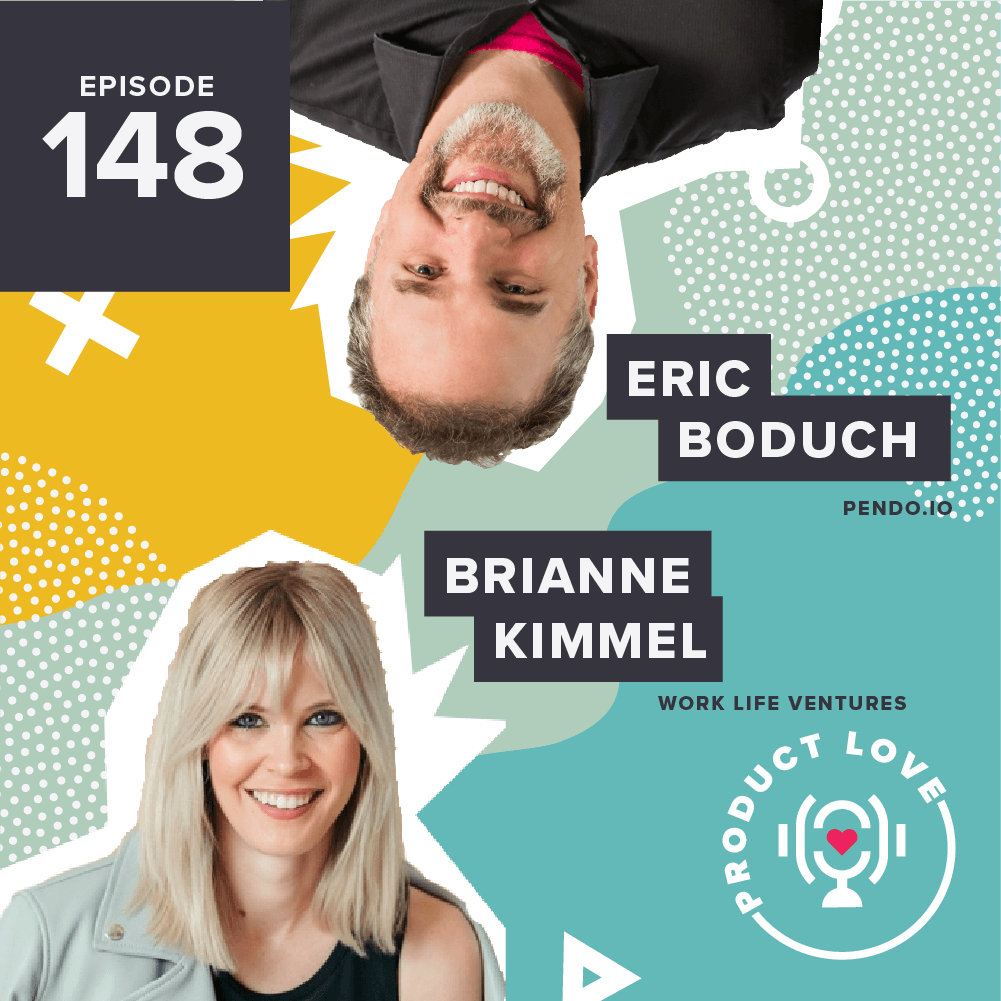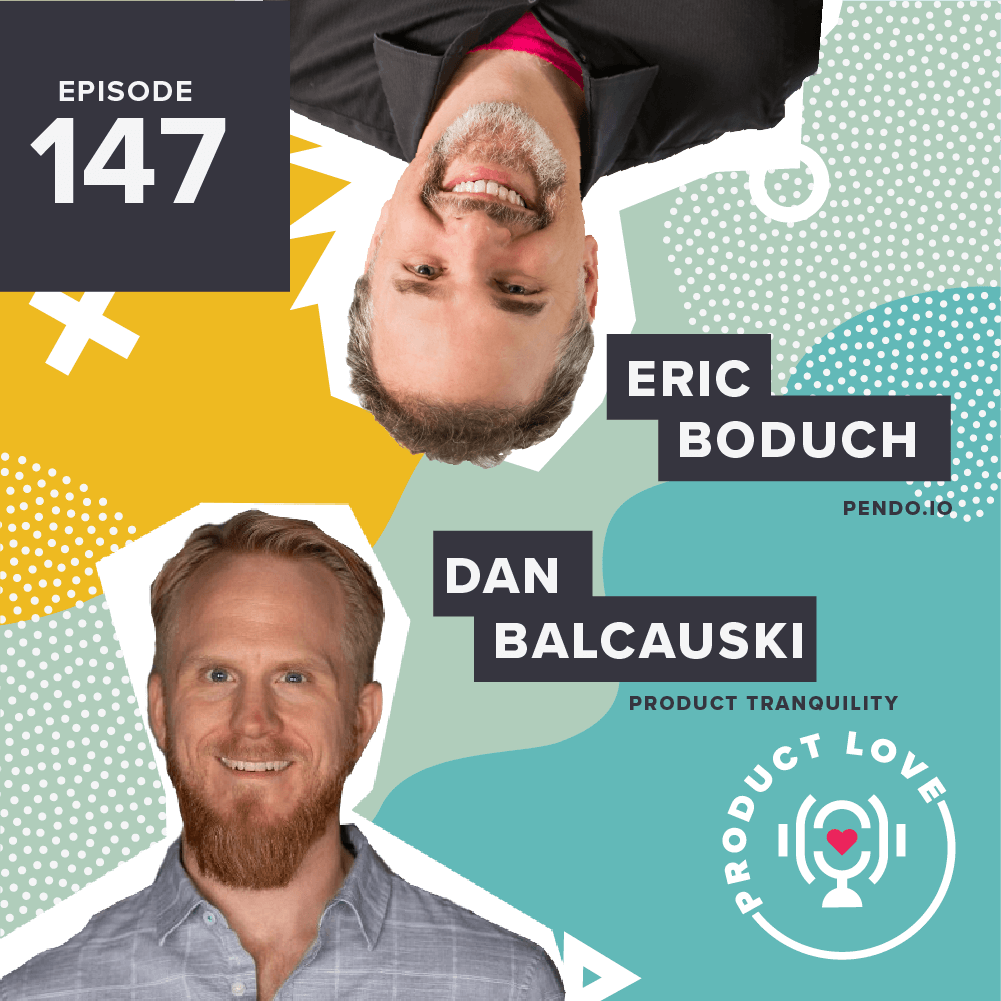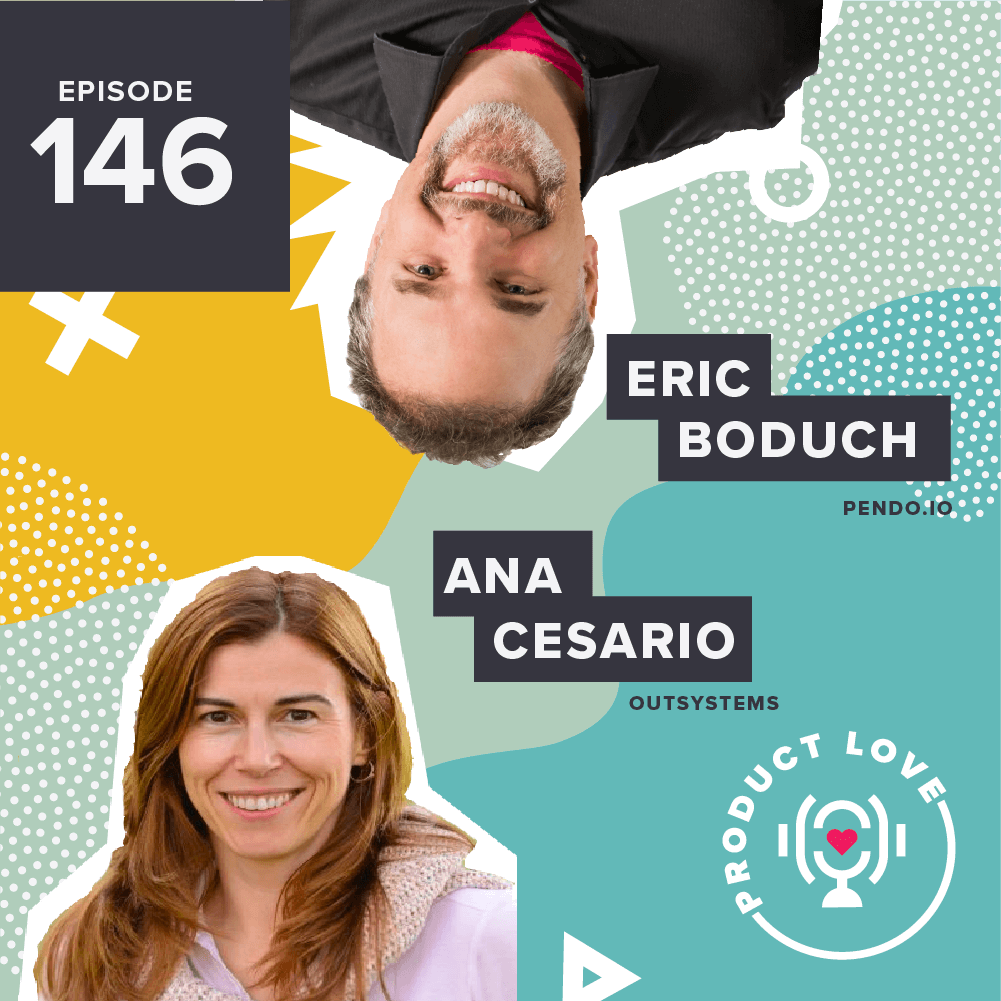Do product management and making music have anything in common? Christopher O’Donnell seems to think so. Both crafts require creativity, constant iteration, and feedback. It’s all about taking great ideas and putting them together. Christopher can attribute his interest in tech and art back to his childhood, where even at the age of 11, he was already coding and building products.
He started as a marketer, but over time gravitated towards working with engineers and eventually became drawn to the product development life cycle. Nowadays, he’s the SVP of Product at Hubspot.
This week on Product Love, I talked to Christopher about being selective during customer interviews and having a startup within a startup.
Being Selective for Customer Interviews
In the product management community, we know that it’s important to talk to customers. Not only do they drive our business, but they also drive our motivations regarding what to develop next. While we push for these conversations to happen, do we ever stop and think about who specifically needs to be at the table?
Christopher and his team have learned that it’s incredibly valuable to be selective in customer interviews. The future direction of the product can be influenced by the results of these interactions with customers, so product managers should be strategic in their research, testing, and validation.
This is important when it comes to beta groups. When you give people a sense of responsibility, they naturally want to impress you. Beta groups want all the new features. Regardless, you shouldn’t be doing so much strategic testing or early stage discovery testing with these groups because they have a relationship with that process. They want to impress you so their own perspectives on it might be skewed.
Then, the people you actually want on the phone, won’t bother to take half an hour to talk to a product manager. These people are more likely to use your product, and then bail.
Last but not least, there’s the final group of people who are the most prepared to talk to you. They’ve tried your new product, have called support, done all their product marketing homework, and are dedicated to making it work.
Which category makes the most sense for your product’s direction?
A Startup Within a Startup
Christopher co-founded the Sidekick team in Hubspot back in 2013, therefore creating a startup within a startup. It went as far as Sidekick having their own brand, tech stack, and even hoodies.
As a company, they were already eyeing the next market and trying to figure out a method on how to reach that market. Using their own observations and research, Christopher and his team experimented and built a bunch of different things for their sales representatives. But each project led them closer to building an initial prototype and finally, to set a goal for that project.
The team moved at hyperspeed to the point where they would build features practically on the phone with customers and were basically writing and rewriting as they went. Christopher admits that he probably incurred an enormous amount of debt by doing that.
Being separate from the main company allowed them a veil to try new things to fail fast, iterate, and see results quickly. A startup within a startup is truly an entrepreneurial environment, where people can be as innovative as they want. But this also means that their resources are limited.
Curious to hear how Christopher implemented Sidekick and his recommendations for teams who want to try this approach? Check out the rest of the episode to find out.
Remember to subscribe to us on iTunes and leave us a review. Want to listen to Product Love in a soft T-shirt? Click here to find out more.


